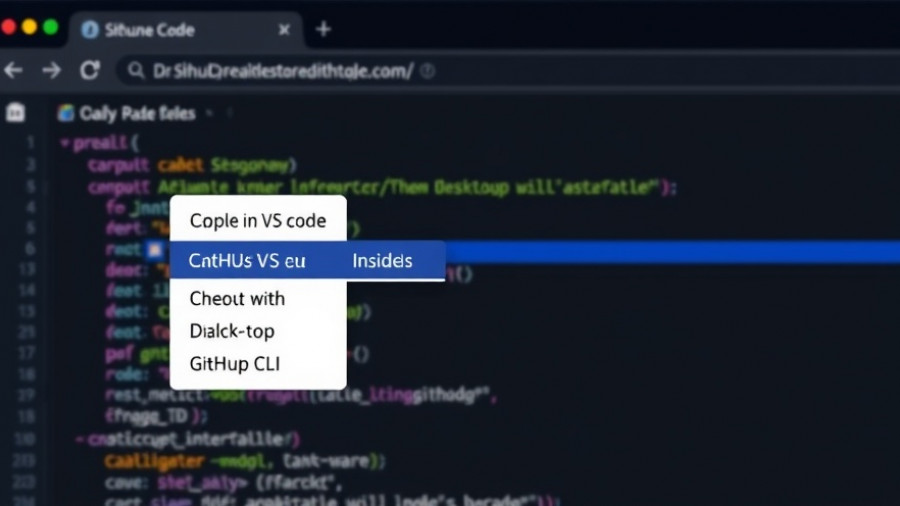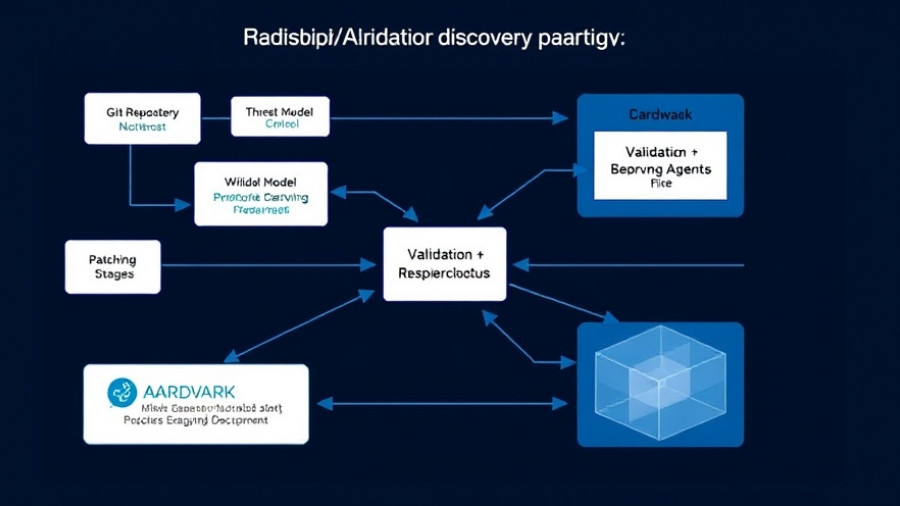
OpenAI and Databricks: A Game-Changer for AI Development
In a groundbreaking partnership, OpenAI and Databricks have joined forces to equip enterprises with the tools necessary to create AI agents and applications that leverage their data. This collaboration introduces OpenAI's powerful models into the Databricks Data Intelligence Platform, empowering organizations to harness artificial intelligence more efficiently than ever.
Unlocking the Potential of AI Agents
The Databricks Data Intelligence Platform provides enterprises with a full range of capabilities to manage and utilize their data while integrating OpenAI's cutting-edge AI models. This partnership allows businesses to build production-ready AI agents, also referred to as Agent Bricks, tailored to their specific operational needs. According to Databricks’ Co-founder and CEO Ali Ghodsi, there is a rising demand for AI solutions that can enhance business functionality, and this collaboration aims to meet that demand securely and effectively.
AI Agents Across Industries: A Versatile Toolset
The applications for AI agents extend across various sectors. In customer service, they provide proactive, customized support. In healthcare, AI can analyze patient data to recommend personalized care plans while in retail, virtual personal shoppers enhance the shopping experience. Moreover, in financial services, AI agents can assist with managing investment portfolios and tracking potential fraudulent activities. These wide-ranging applications underline the transformative impact AI can have on numerous industries.
Understanding CFO Skepticism Towards Agentic AI
Despite the growing interest in AI technologies, a recent report revealed that only 15% of Chief Financial Officers (CFOs) expressed interest in implementing agentic AI. This hesitation reflects a broader skepticism about the maturity and real-world business value of such technologies. While awareness among CFOs is high, the lack of enthusiasm indicates a potential barrier for enterprises aiming to leverage AI fully.
Future Predictions: The Path Ahead for AI
As OpenAI and Databricks enhance their models continuously, future applications of AI could evolve to be even more tailored and effective. With secure environments for experimentation and deployment, businesses may soon be able to create personalized solutions that adapt in real-time to consumer needs. This opens the door for a new wave of innovation in how AI interacts with businesses and consumers alike, transforming user experiences across the board.
Empowering Enterprises: Practical Steps for Implementation
Organizations looking to leverage AI can begin by examining their data governance and security frameworks to ensure they align with responsible AI usage. Additionally, by investing in training for staff and establishing clear metrics for performance evaluation, enterprises can better integrate AI solutions while minimizing risks. This proactive approach not only facilitates smoother implementation but also cultivates an organizational culture that embraces technological advancement.
The Time for AI Is Now
With the combined power of OpenAI and Databricks, enterprises can more easily explore the benefits of AI agents. As businesses aim to enhance efficiency, engagement with effectively integrated AI systems will become crucial. Embracing this technology could lead to significant improvements in operational strategy and customer relations.
If you’re interested in how AI agents could benefit your business, explore your options today and start implementing innovative solutions that leverage your data and enhance your operations.
 Add Row
Add Row  Add
Add 




Write A Comment